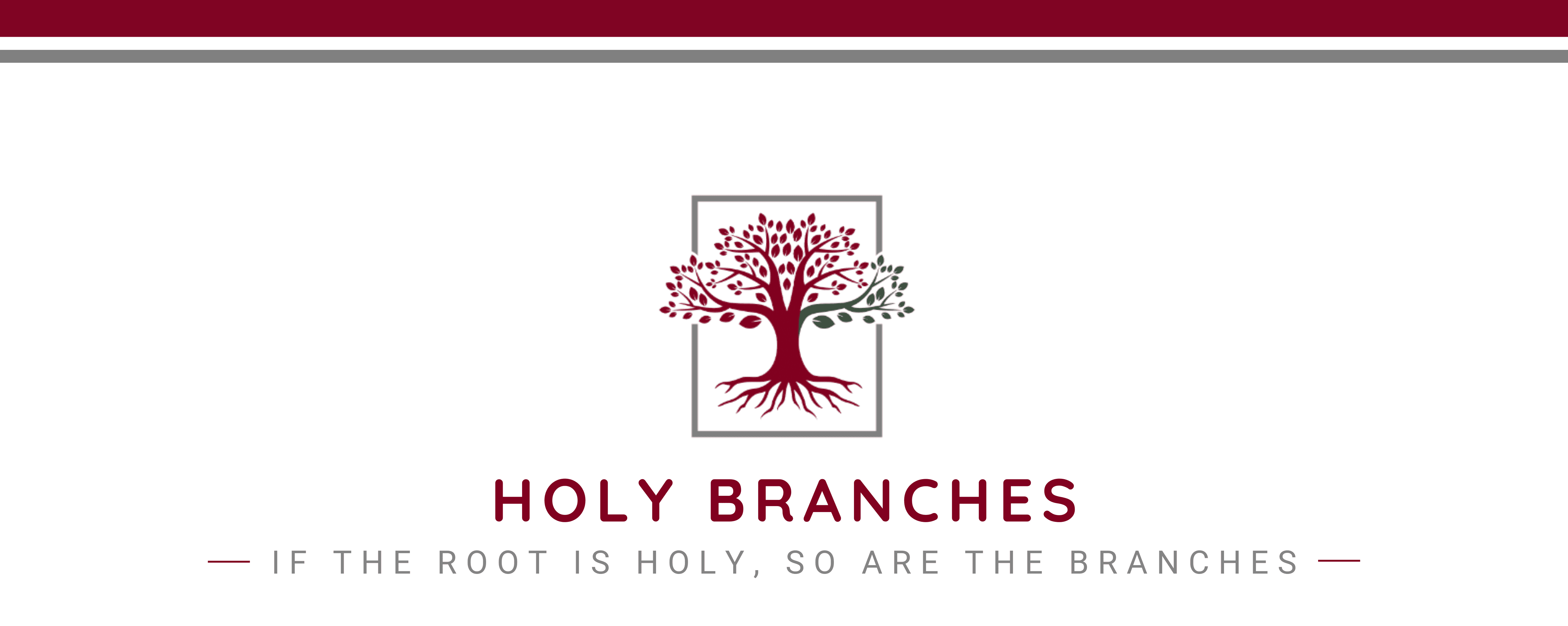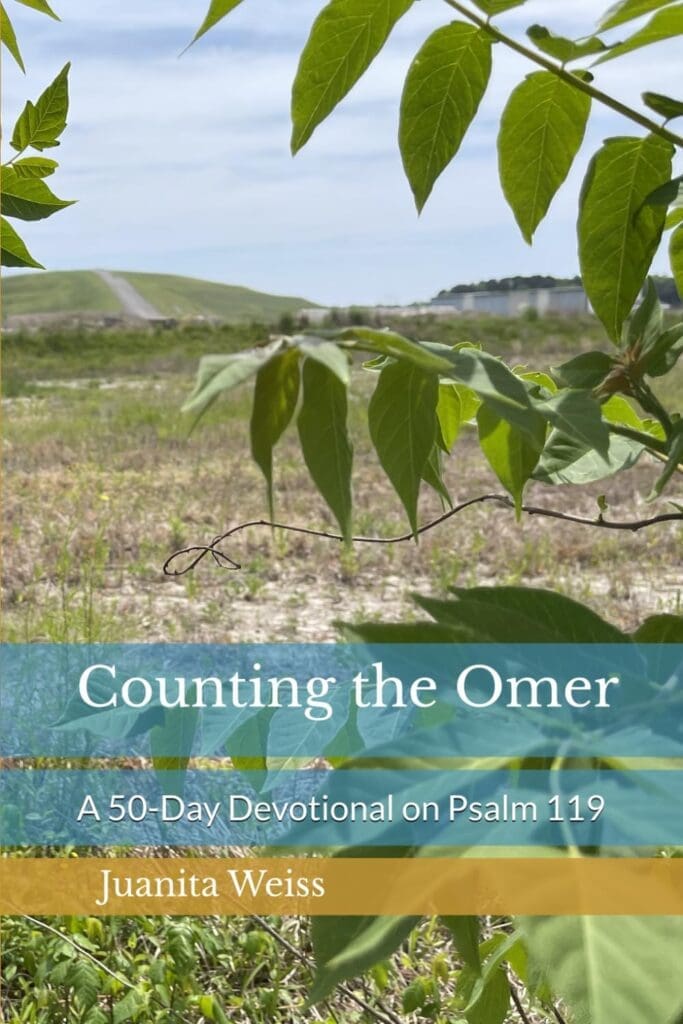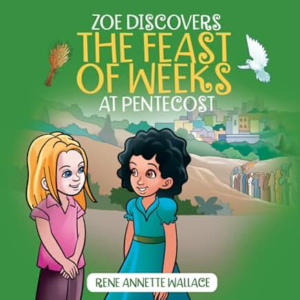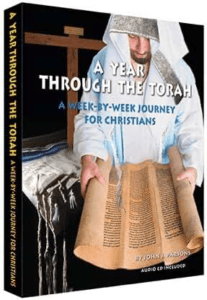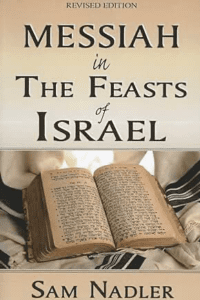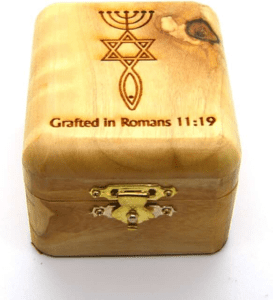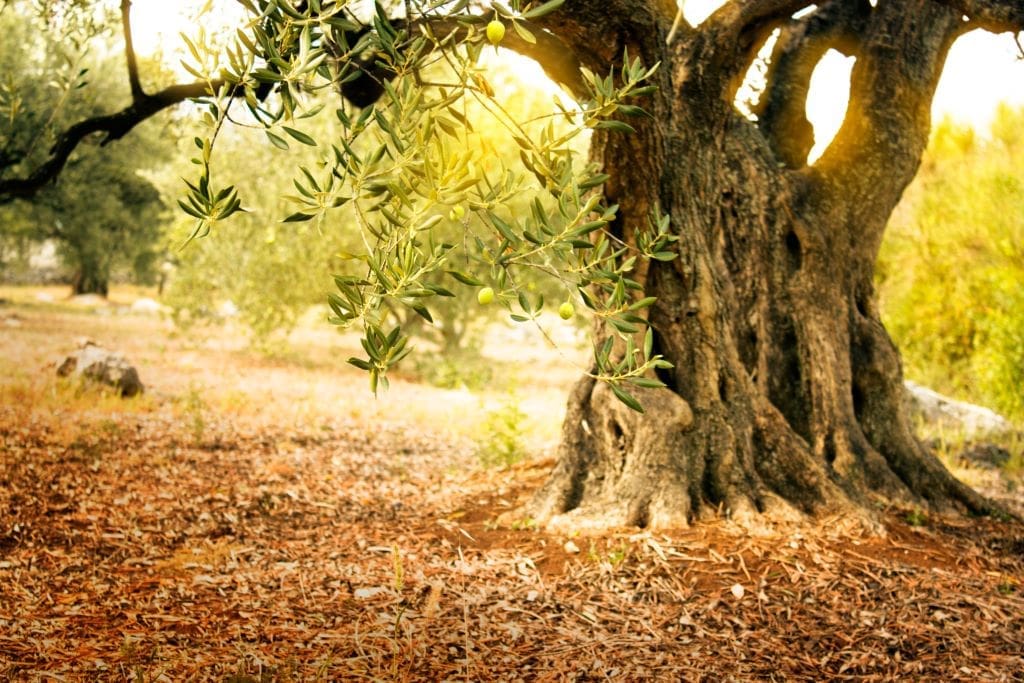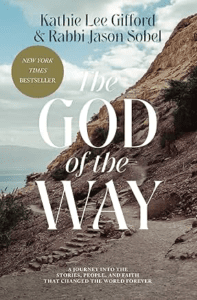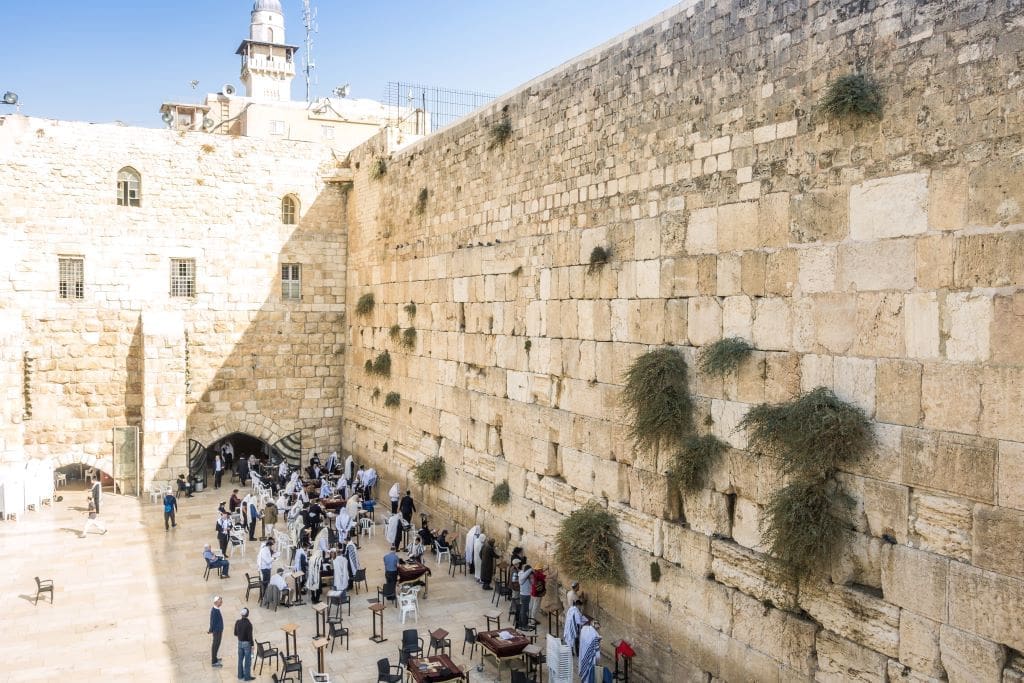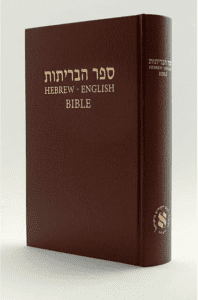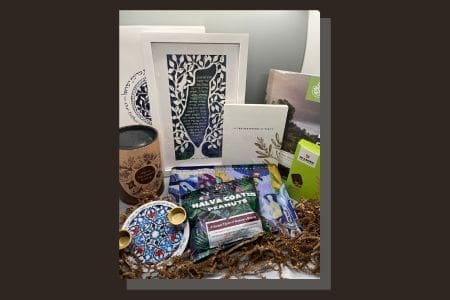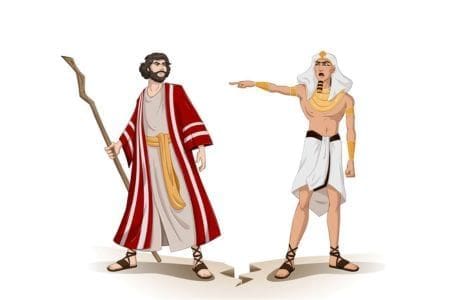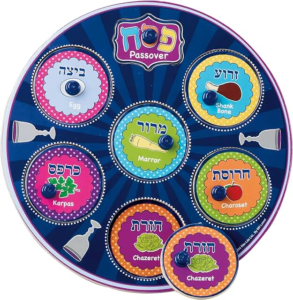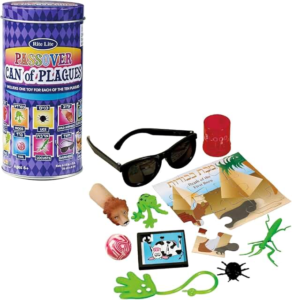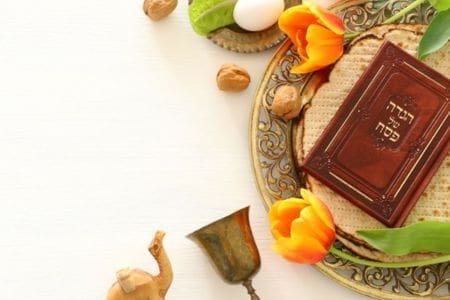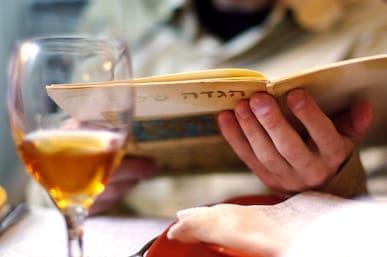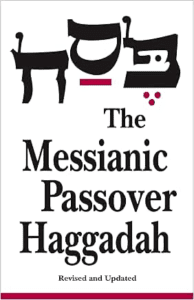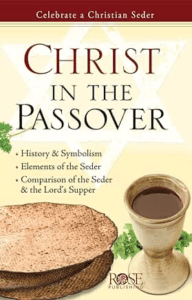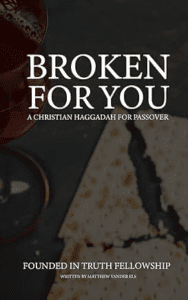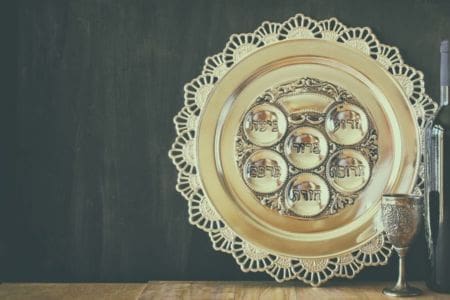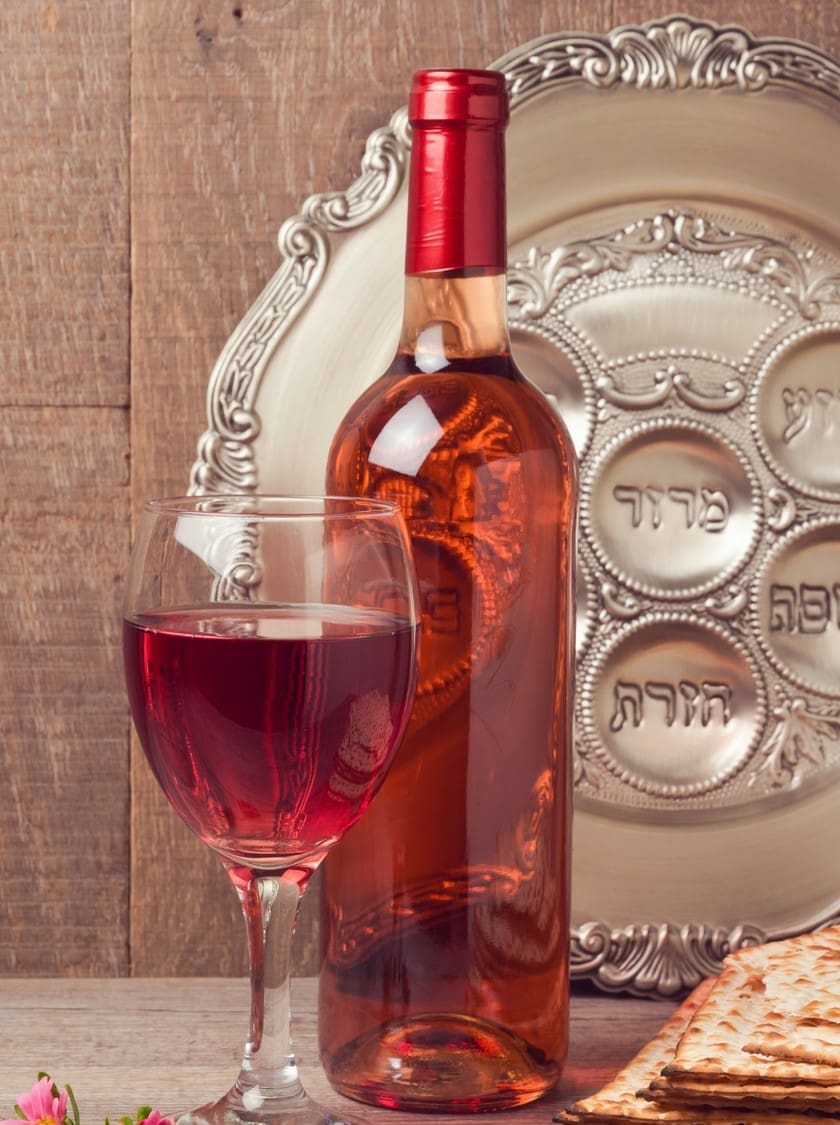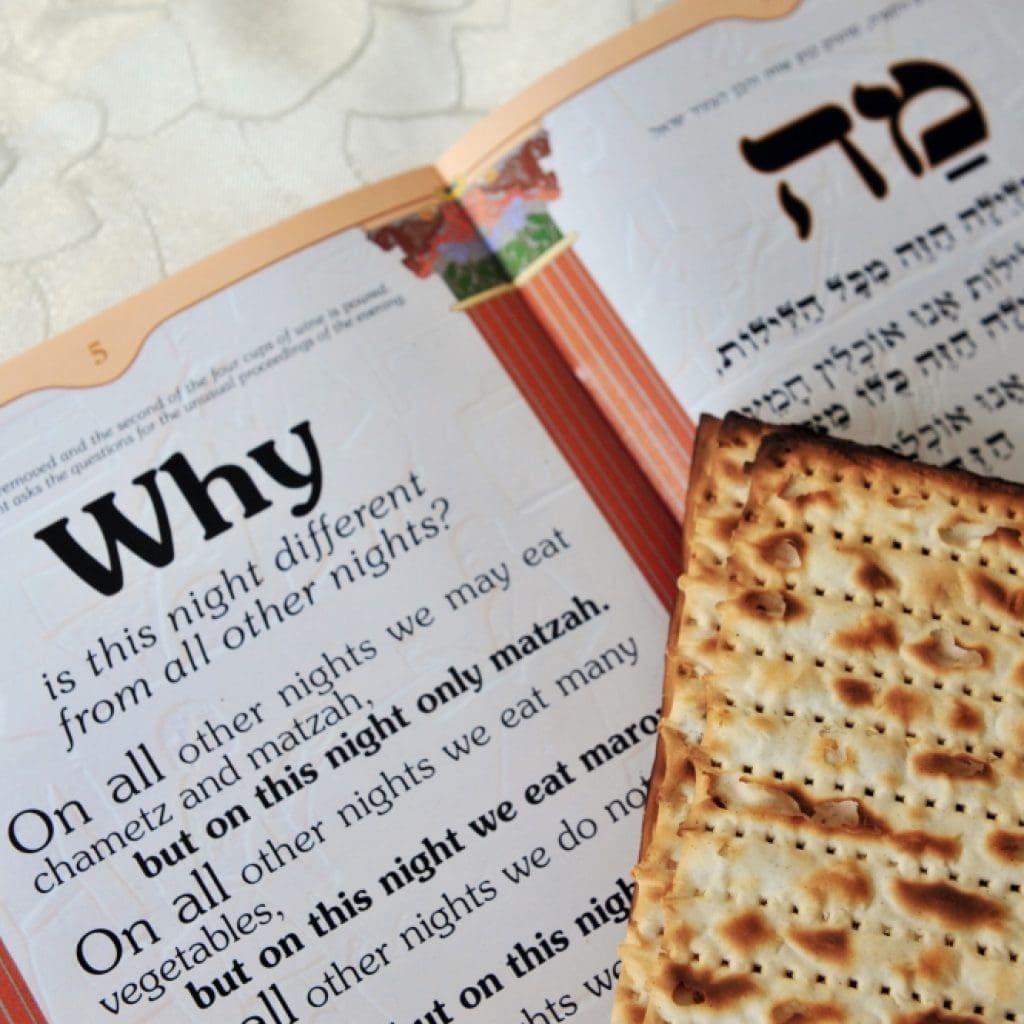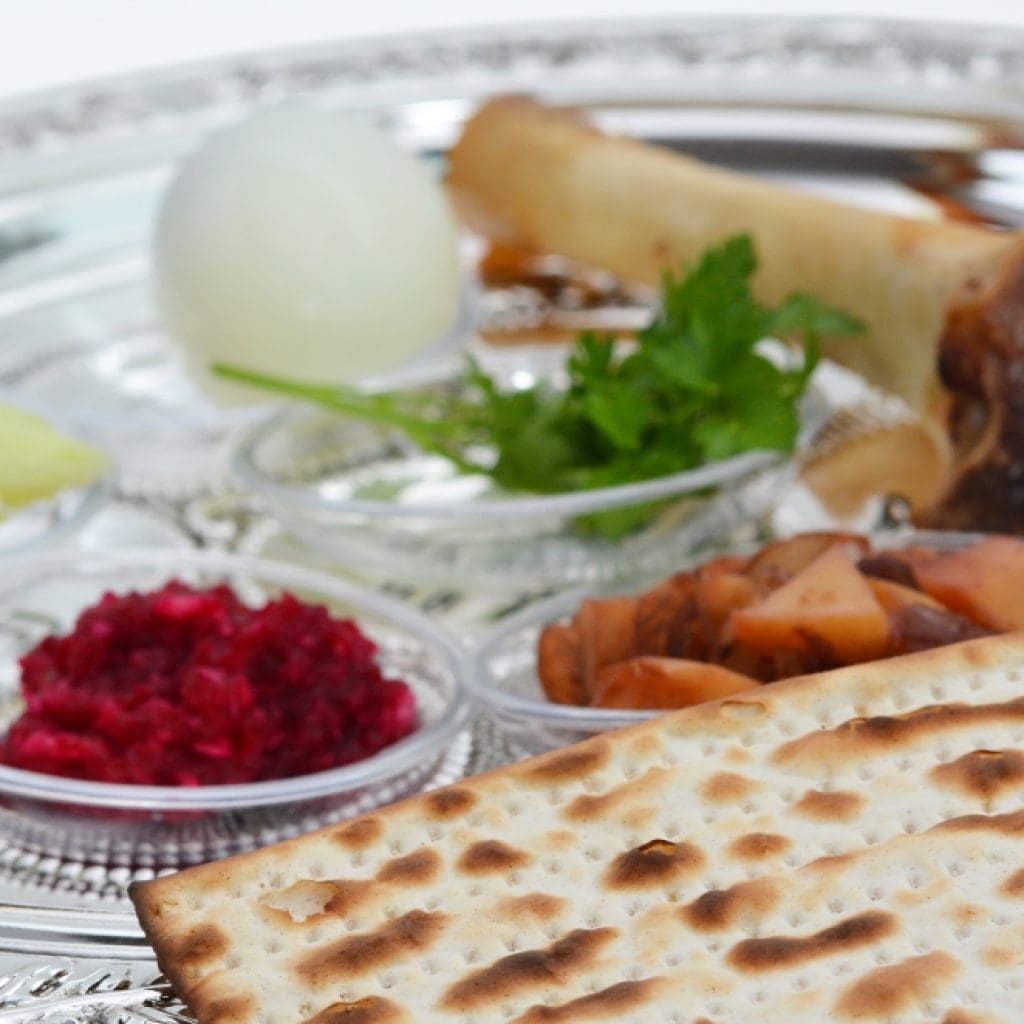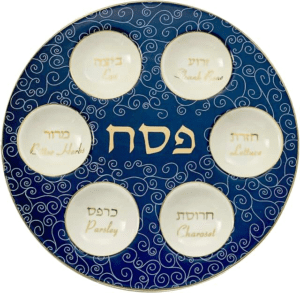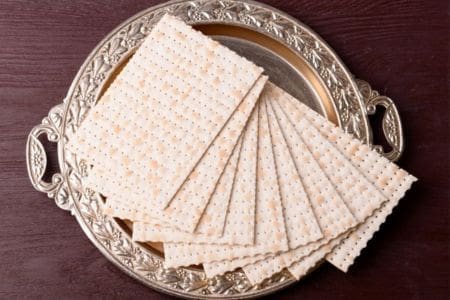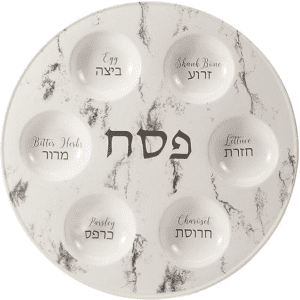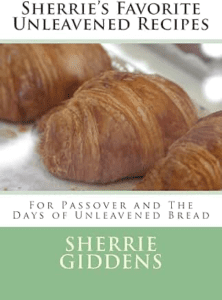Mic Drop Moments in Proverbs for Women
For the background on this post, check out the Mic Drop Moments in Proverbs Page.
The Bible has a lot of guidance on how to be a Godly woman. One need only look to Jesus’s example of service to get a picture of what that looks like but there are also some straightforward ways the Bible instructs us. Proverbs provides some wonderful metaphors concerning women. Here are some I find interesting as well as challenging.
As a ring of gold in a swine’s snout
Prov. 11:22
So is a beautiful woman who lacks discretion.
Unlike animals, where the males tend to be the more beautiful of the species, human females are the ones that shine through when it comes to beauty. Both men and women naturally desire to adorn women with beautiful clothes, valuable jewelry, etc.
But who in their right mind would adorn a pig with a ring of gold? What a waste! Solomon says it’s the same with beautiful women who lack discretion. So, use your God-given discernment and judgment to filter out the things that don’t belong in your life.
An excellent wife is the crown of her husband,
Prov. 12:4
But she who shames him is like rottenness in his bones.
We all know there are ups and downs in marriage but who of us doesn’t want to strive for titles like “excellent” and “crown of her husband”? No matter my disagreement with my husband, I would never want to shame him and be like decay in his bones!
The wise woman builds her house,
Prov. 14:1
but with her own hands the foolish one tears hers down.
I’m sure you can think of a person in your life who is your own worst enemy. As women, we can get preoccupied with keeping up with our peers, feeling neglected as we care for our families, and many other things. We often then react to those things in such a way that we tear our own homes down. We have so much control over our home’s environment; let’s make sure to use that to build and not tear it down.
…a slanderer separates intimate friends.
Prov. 16:28b
The word “slanderer” in this verse can also be translated as “gossip.” For good reason, women are SO in tune with people. We can see people’s motives and read their non-verbal messages. We can see where others are hurting and address their needs. But we can also use this skill to do damage to others. Women can be the worst when our hearts aren’t focused on God and His will! We can get such sinful satisfaction out of gossip and manipulation, though it leads to the destruction of others. We need to accept this tendency, repent for it, and move forward in our relationships with the heart for people that God desires in us.
The words of a whisperer are like dainty morsels,
Prov. 18:8
And they go down into the innermost parts of the body.
Here’s another one about gossip and slander. God knows us a little too well, doesn’t He? And yet He still loves us and offers us forgiveness through Jesus. We can’t just sit around and take that for granted. We can strive to be who he made us to be to the people around us!
…the contentions of a wife are a constant dripping.
Prov. 19:13b

I want to say I don’t know what it’s like to be driven to the breaking point by something annoying like a constant drip, but that’s not me. A persistent annoyance like that becomes so pervasive in my concentration and activities that I feel like I cannot go on without addressing it. How frustrating! Let’s ensure we’re not the contentious, constantly dripping type of wife to our men!
House and wealth are an inheritance from fathers,
Prov. 19:14
But a prudent wife is from the Lord.
Ladies, we have such an opportunity to be a blessing to our husbands and our households. As married women, our giftedness is given to us not for our personal gain but for that of God’s glory in our lives, through our marriages and otherwise. Prudence is wisdom and sensibility. Let’s employ those for the betterment of our marriages!

It is better to live in a corner of a roof
Prov. 21:9
Than in a house shared with a contentious woman.
The corner of a roof! Can you imagine? No protection from the elements, constantly uncomfortable, not having access to the safety of the house when you need it? The word “contentious” in this verse can also be translated as “quarrelsome.” This verse is repeated in Proverbs 25:24 so it surely needs our attention! Is fighting every point of yours so vital that you’re willing to put your man in this position? I don’t think so!
It is better to live in a desert land
Prov. 21:19
Than with a contentious and vexing woman.
Now it’s a desert – just in case we missed the point in the last few examples. It’s becoming more evident that being quarrelsome or contentious puts our husbands and others around us in some pretty undesirable spots. Since we tend to have selective blindness regarding our shortcomings, pray about this. Ask God to reveal if you’re a quarrelsome wife. If so, ask for forgiveness from God and your husband and set yourself on the path to being a better wife and bringing glory to God through your marriage!
Have you found honey? Eat only what you need,
Prov. 25:16
That you not have it in excess and vomit it.
Our culture offers many offers so many opportunities for overindulgence. It’s not just with food, either! Sleep, comfort, beautiful homes, social media, and time for ourselves are some ways we can overindulge. As Christian women, we need to restrain and discipline ourselves to enjoy the blessings in our lives but not be distracted by the comforts, lest we forget what we are really here for – serving others and glorifying God.
Like one who grabs a stray dog by the ears
Prov 26:17
is someone who rushes into a quarrel not their own.
Although not specifically directed toward women, we can all identify with a love of drama. This attraction to drama is why those cheesy soap operas and trashy talk shows keep afternoon television booked for years! It takes a conscious and targeted effort to avoid drama as a woman. Our weakness is to get sucked into the business of others and we need to stand against that and only get involved if it’s necessary and beneficial to all parties.
For lack of wood the fire goes out,
Prov. 26:20
And where there is no whisperer, contention quiets down.
While we have the power to cause destruction with our words and focus on others, we also can make peace with it. We can be where the rumors and the gossip come to die. We can uplift one another by how we talk about them. We can use our ability to see the weaknesses of others to walk with them and pray for them.
What should we do?
Many direct “do not” type statements come through as you read the above Proverbs, but our God does not leave us without further instruction. We must align ourselves with what He wants for us and those around us through His plan. We’re given a clear goal at the end of Proverbs.
A wife of noble character who can find?
She is worth far more than rubies.Her husband has full confidence in her
and lacks nothing of value.She brings him good, not harm,
all the days of her life.She selects wool and flax
and works with eager hands.She is like the merchant ships,
bringing her food from afar.She gets up while it is still night;
she provides food for her family
and portions for her female servants.She considers a field and buys it;
out of her earnings she plants a vineyard.She sets about her work vigorously;
her arms are strong for her tasks.She sees that her trading is profitable,
and her lamp does not go out at night.In her hand she holds the distaff
and grasps the spindle with her fingers.She opens her arms to the poor
and extends her hands to the needy.When it snows, she has no fear for her household;
for all of them are clothed in scarlet.She makes coverings for her bed;
she is clothed in fine linen and purple.Her husband is respected at the city gate,
where he takes his seat among the elders of the land.She makes linen garments and sells them,
and supplies the merchants with sashes.She is clothed with strength and dignity;
she can laugh at the days to come.She speaks with wisdom,
and faithful instruction is on her tongue.She watches over the affairs of her household
and does not eat the bread of idleness.Her children arise and call her blessed;
her husband also, and he praises her:“Many women do noble things,
but you surpass them all.”Charm is deceptive, and beauty is fleeting;
but a woman who fears the Lord is to be praised.Honor her for all that her hands have done,
Prov. 31:10-31
and let her works bring her praise at the city gate.
Though not unattainable, it will take discipline and obedience on our part as the Spirit provides continued guidance and instruction to live up to becoming a Proverbs 31 woman. Be encouraged in that we’re all a work in progress. When convicted of things in our lives that need to change, we can ask God for help and do all in our human power to transform our lives into the wives, mothers, and women God calls us to be and bring all the glory to Him! *Drops microphone*
If you enjoyed this article, head to the Mic Drop Moments in Proverbs main page for more!
